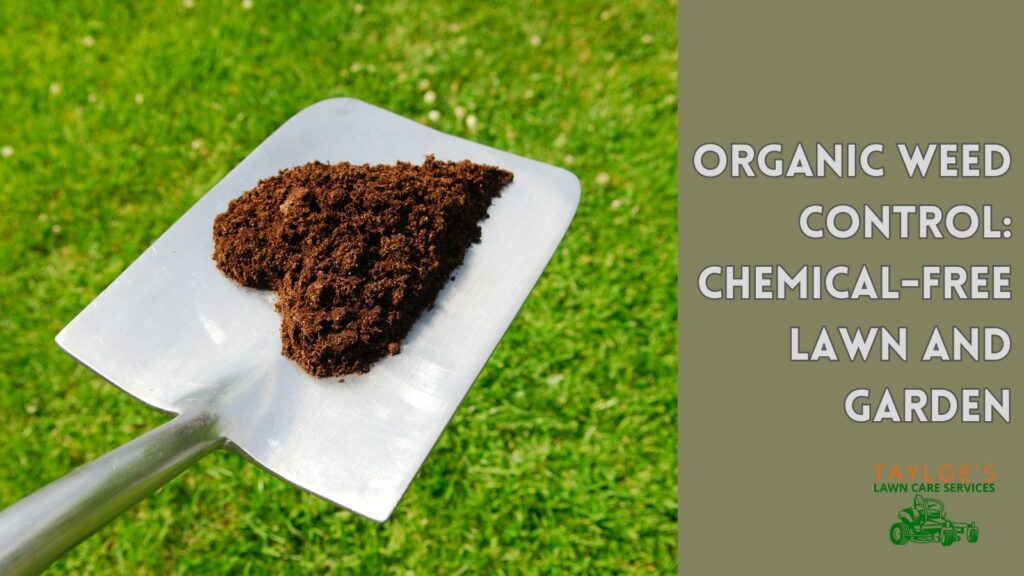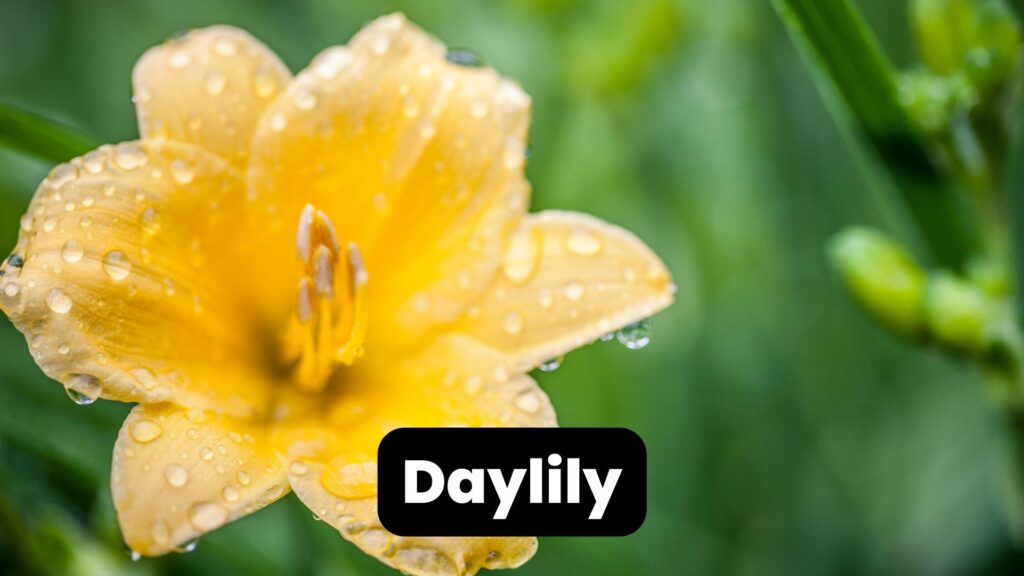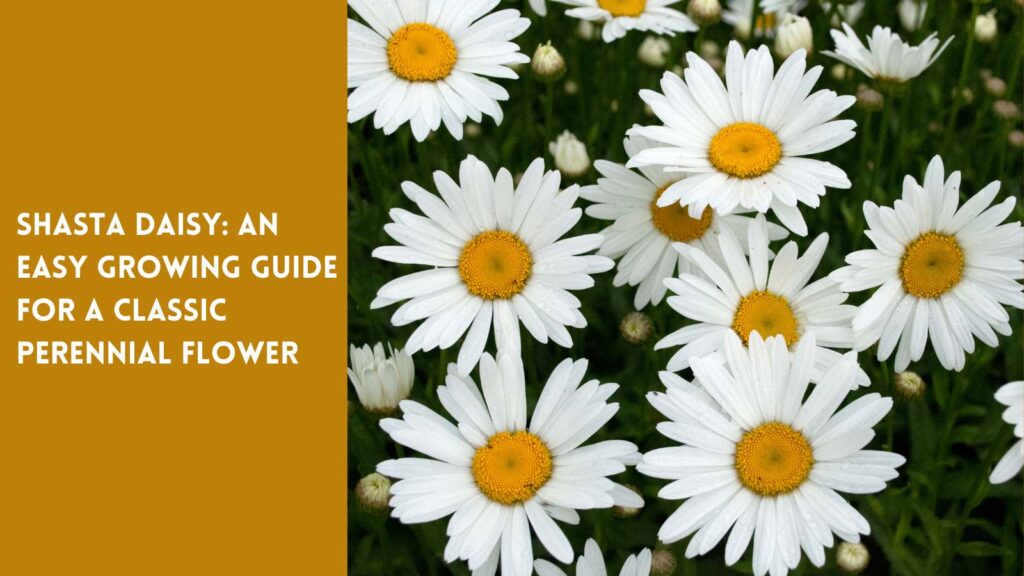Last Updated on: 30th October 2023, 02:19 pm
How to grow blazing stars (and why you should!)
Today we will dive into a discussion of a gorgeous, pollinator-attracting flower. The Blazing Star, Liatris spicata, is a North American native wildflower. This beautiful perennial is a showstopper in any garden and is sure to be a topic of conversation.
But before you get started, we will go over some basics, including planting, flower maintenance, and color options you might choose.
A Star is Born: The Basics of Growing Blazing Star Flowers
The Blazing Star is a hardy plant, flourishing in USDA Hardiness Zones 3 to 8. This range makes it an excellent choice for many gardeners across the country.
Its striking flowers, densely packed on tall spikes, bloom from the top down. Its growth pattern creates a rather unusual yet fascinating display. Beyond their beauty, these flowers are a magnet for local butterflies and bees. Attracting pollinators adds an extra layer of life to your garden.
The Blazing Star most commonly features vibrant magenta or purple flowers. However, there are also cultivars of Liatris spicata that produce white flowers. These varieties, such as ‘Alba’ or ‘Floristan White,’ offer the same tall, spike-like inflorescences but with a softer, more subtle color palette.
Whether you prefer the boldness of magenta or the elegance of the rarer white blooms, a Blazing Star plant can beautifully complement your garden.
Expect your Blazing Stars to reach an impressive height of two to four feet at maturity. Their upright growth habit and dramatic blooms make for an excellent backdrop in your border or as a standout specimen in a prairie or meadow-style garden.

Planting Your Stars: Sowing Liatris spicata
When it comes to planting Liatris spicata, site selection is critical. These garden stars prefer the full sunshine, so pick a spot with ample daylight. They’re versatile in most soils, tolerating everything from sandy to clay soil types as long as the site has good drainage. Overly wet conditions can lead to rot and other issues.
Plant the seeds, corms, or tubers two to four inches deep, spacing them about twelve to fifteen inches apart. You can do this in spring or fall, depending on what suits your gardening schedule best.
Caring for Your Blazing Star: Tips and Tricks for Success
In their first growing season, your Blazing Stars will appreciate regular watering. However, these plants demonstrate admirable drought tolerance after establishing strong roots.
As spring arrives and you see new growth, it will be time to apply a general-purpose fertilizer to give your Blazing Star plants a nutrient boost. Throughout the blooming season, deadhead spent flowers to encourage further blooming.
As the season winds down and your Blazing Stars have completed their performance, cut back the brown foliage to the ground. This trimming will help your plants come back even stronger next year.
Companion Planting with Blazing Star
While Blazing Stars are quite the spectacle on their own, they also play well with others. For a beautiful and flourishing garden, look for companion plants that complement the Liatris spicata in terms of aesthetics and growth needs.
For instance, pairing your Blazing Stars with shorter, mounding plants can create an exciting contrast in heights.
So consider plants like Daylilies, Coneflowers, and Black-Eyed Susans. These are fantastic choices as they enjoy similar growing conditions. Besides that, their blossoms can beautifully complement the Blazing Star’s spike-like blooms.

Dealing with Pests and Diseases
Though resilient against threats, Blazing Stars can sometimes face certain pests and diseases. Aphids and powdery mildew are the two most common issues your plants might experience. But don’t worry. Keeping a keen eye on them and taking a proactive approach can keep your plants healthy.
Aphids like nibbling on the leaves of Blazing Star plants. If you do see them, then use insecticidal soaps or neem oil. If you notice signs of powdery mildew, such as white powdery spots on leaves, ensure good air circulation around your plants and avoid overhead watering to keep foliage dry. Fungicides can also work well if necessary.
Blazing Star Supports Wildlife
We’ve mentioned how Blazing Stars attract butterflies and bees but also support other local fauna. The seeds of Liatris spicata are a food source for overwintering songbirds like cardinals during the cold winter months. Leaving the spent flower spikes in place at the end of the autumn can provide an important food source for your feathered friends.
Moreover, the nectar-rich flowers attract hummingbirds. So, growing these plants contributes meaningful biodiversity to your landscape.
Overwintering Blazing Star
Add a one-inch layer of mulch surrounding the plants after the first frost to give your Blazing Stars a little extra protection from the winter cold. This material can help insulate the roots against extreme cold and ensure your plants come back strong next season.

The Takeaway on Blazing Star, a Stellar Native Wildflower
With dramatic, tall flower spikes and vibrant colors, the Blazing Star flower is a fantastic addition to any garden. Not only do these beauties offer aesthetic appeal, but they also contribute to a healthier ecosystem by attracting local wildlife and many pollinators. So why not consider adding these perennial powerhouses to your garden? You won’t regret it!
Author Profile

- Deborah Tayloe is the CEO and co-founder of Tayloe's Lawn Care Services, LLC. She has a B.S.Ed and holds certificates in soil and water management and herbology from accredited programs.
Latest entries
 Lawn CareDecember 29, 2025Commercial winter lawn care is a must
Lawn CareDecember 29, 2025Commercial winter lawn care is a must GardeningSeptember 27, 2025What perennials, shrubs, and trees don’t like fall pruning (and why)?
GardeningSeptember 27, 2025What perennials, shrubs, and trees don’t like fall pruning (and why)? Trees and ShrubsSeptember 14, 2025Fall Shrub Pruning Guide (September–October)
Trees and ShrubsSeptember 14, 2025Fall Shrub Pruning Guide (September–October) Trees and ShrubsApril 22, 2025Boxwood Blight: Early identification and isolation
Trees and ShrubsApril 22, 2025Boxwood Blight: Early identification and isolation






